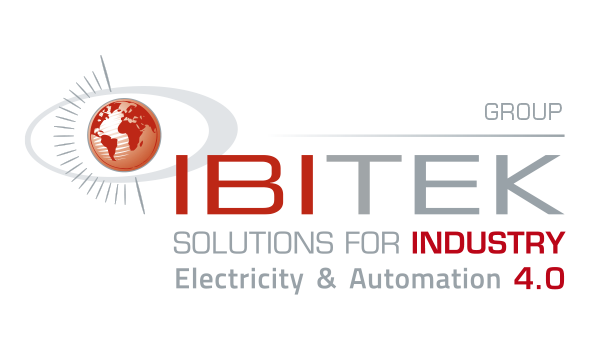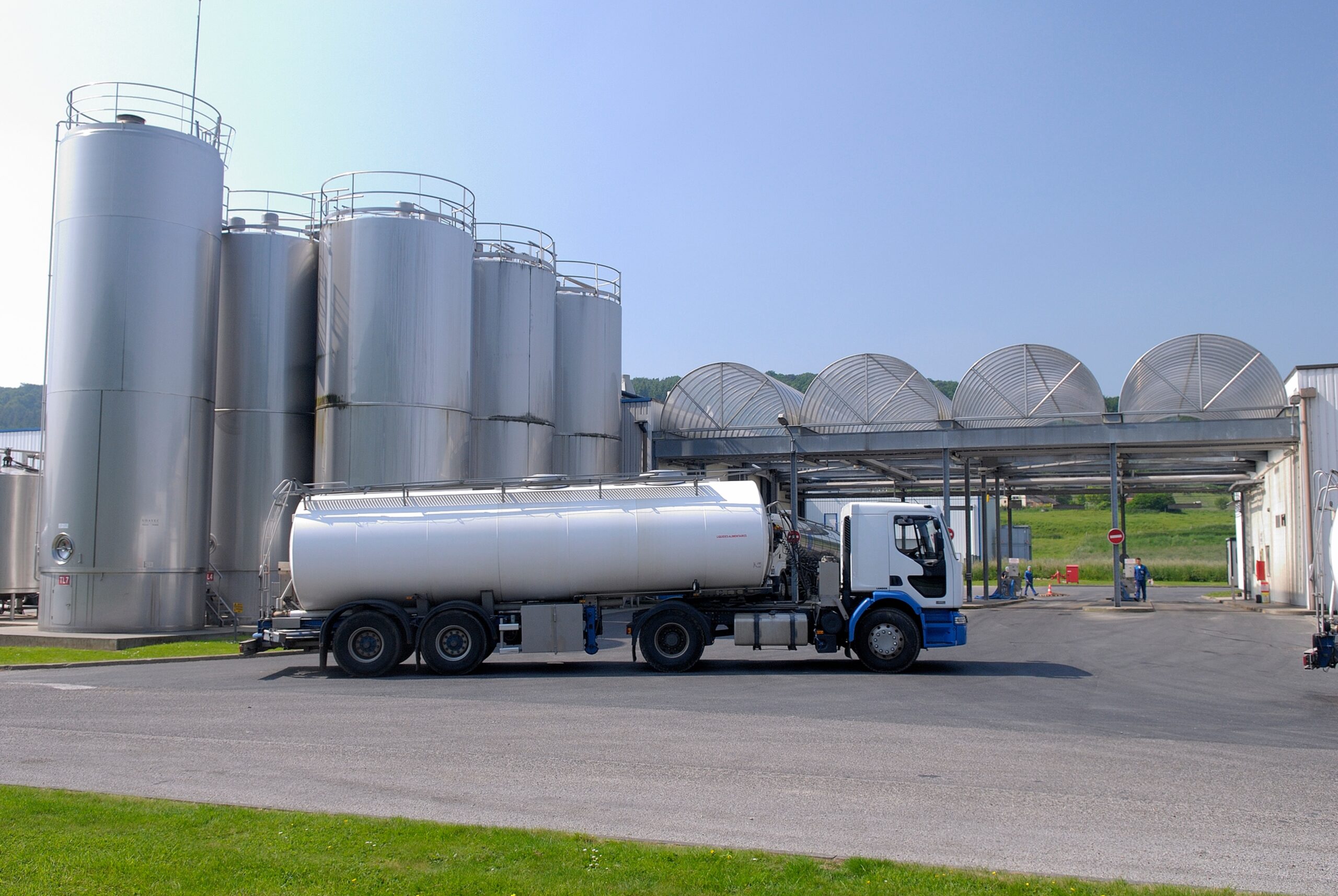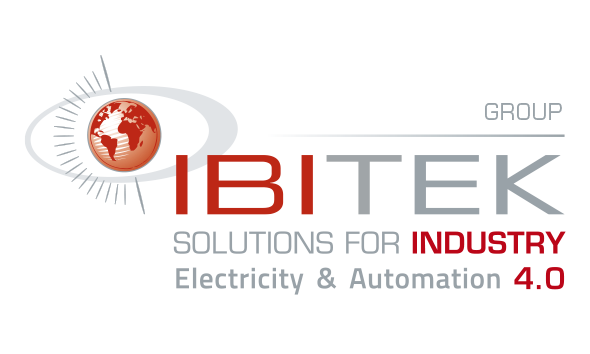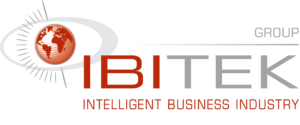We live in a world where data has become the new diamonds. In this context, real-time industrial dashboards have emerged as indispensable tools for factory managers. They are to industrial management what compasses are to navigators: invaluable guiding instruments.
What is a real-time industrial dashboard? (Definition)
Imagine a dashboard in a car. It provides you with all the essential information you need for safe driving. A real-time industrial dashboard is no different. It gives you an overview of your factory, displaying key performance indicators (KPIs) such as efficiency, productivity, data quality, and more, all in real-time.
Why is a real-time industrial dashboard an asset for factory management?
In the realm of Industry 4.0, data mastery has become a key element of success. Real-time industrial dashboards have emerged as indispensable tools, transforming raw information into actionable KPIs, thus becoming true decision-making levers.
Global and real-time visualization of operations
Imagine being able to have an aerial view of your operations, like a conductor having a perfect vision of each musician. This is the promise of industrial dashboards. These essential tools allow users to monitor every aspect of the factory, including parameters, machines, and production lines, at any given moment. Modern visualization techniques like graphs, histograms, and Gantt charts transform critical information into easily understandable and readable data for everyone.
The ability to identify and resolve problems swiftly
A well-designed dashboard acts as an ultra-efficient problem detector. It makes visible what would otherwise be imperceptible, highlighting bottlenecks or inefficiencies that might go unnoticed. When a problem arises, it becomes immediately visible on the dashboard, enabling quick and effective intervention. This avoids long hours of problem-solving and minimizes the impact on production.
How does a real-time industrial dashboard enhance decision-making?
Reliable and up-to-date data for informed decision-making
Dashboards act as barometers, reflecting the current state of the factory in real-time. They allow you to base decisions on facts rather than assumptions. With the provision of high-quality data, decisions become more accurate, faster, and ultimately more efficient.
Example of using a real-time industrial dashboard for decision-making
Let’s consider an example of a materials manufacturing plant. A dashboard can help monitor real-time stock levels, allowing for production adjustments based on demand, avoiding stockouts, and improving customer satisfaction.
Specific advantages of real-time industrial dashboards for the materials industry:
Accurate tracking of materials and resources:
In the materials industry, mastering stocks and efficiently managing resources are critical success factors. Thanks to a real-time dashboard, it is possible to precisely track the stock levels of each reference, resource consumption, production cycle durations, and many other parameters. This allows for better planning, optimal resource utilization, and ultimately, improved profitability.
Facilitation of compliance with industrial standards:
Complying with quality and safety standards is a major challenge in the industry. Industrial dashboards can contribute to ensuring this compliance by enabling real-time monitoring of relevant indicators. In case of deviations, alerts are issued, and corrective actions can be swiftly implemented. This helps avoid costs associated with non-compliance, such as financial penalties, production delays, or loss of customer trust.
Customization of dashboards: Tailored to specific needs :
Each factory is a unique universe with its own challenges, processes, and objectives. Therefore, customizing dashboards is a major asset. Industrial dashboards can be finely adjusted to meet the specific needs of each factory manager.
An effective dashboard does not merely gather data; it organizes it in a way that provides meaningful and actionable information to its users. Thus, the presentation of KPIs can be adapted to match the preferences and requirements of the factory manager. Some may prefer graphical displays for quick visualization, while others may favor a detailed tabular format.
Moreover, the flexibility of dashboards allows for the addition or removal of indicators as needed. For example, a factory manager might want to focus on quality indicators one week and productivity indicators the following week. Real-time industrial dashboards offer such flexibility, ensuring that the tool remains relevant and useful.
Comprehensive vision offered by Manufacturing Execution Systems (MES) software :
An MES software acts as the conductor of the factory, providing a holistic view of production. It collects, stores, analyzes, and visualizes production data, offering an overview that facilitates analysis and decision-making. By leveraging critical information generated by the factory, the MES software contributes to continuous performance improvement.
Performance optimization through MES software:
An MES software can help identify sources of inefficiency and implement corrective actions, leading to significant performance improvements. For instance, it can assist in identifying maintenance optimization opportunities, quality enhancements, and more.
A real-time industrial dashboard is much more than a monitoring tool. It is a valuable ally for any factory manager who seeks to optimize their factory’s performance, improve decision-making, and remain competitive in the materials industry.













